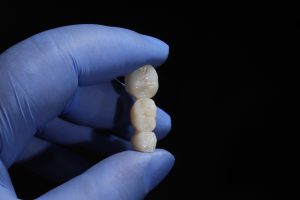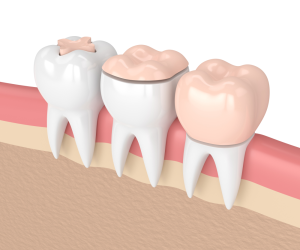A dental bridge is a proven method of filling in missing teeth, restoring function and aesthetics. But, as with all dental restorations, bridges are not forever. With time, they can wear out, get damaged, or no longer fit. Knowing the dental bridge replacement signs is important to ensure oral health and comfort. Here, we are going to know about when a dental bridge should be replaced, typical signs that call for a new dental bridge, and what to do in case you feel any of them.
How Long Does A Dental Bridge Stand?
The lifespan of a dental bridge varies according to the materials used, the oral health of the patient, and the lifestyle. In general, a dental bridge can last from 5 years up to 15 years, but proper care over time may make it possible for the dental bridge to last longer, and the dental bridge will have to be replaced someday.
Common Signs To Know When To Replace A Dental Bridge
- Pain or Discomfort Surrounding the Bridge
A dental bridge is supposed to fit comfortably when correctly placed. Anything other than that, like pain, sensitivity, or discomfort in the area of the bridge, may indicate that:
- The bridge is ill-fitting.
- There may be decay forming under the supporting teeth.
- Gum recession is exposing sensitive areas.
If you are feeling constant discomfort, it may be time to have yours replaced.
- Visible Damage to the Bridge
Dental bridges over time can be subject to cracks, chips, or general wear. Damage can compromise the structure of the bridge, rendering it less capable of supporting your bite. If you notice visible damage, call a dentist near you to assess whether a replacement is required.
- Loosening of the Bridge
A good fit is what makes a dental bridge successful. If your bridge begins to feel loose, it might be because of:
- Worn dental cement
- Shifts in underlying teeth
- Jaw bone loss
A loose bridge can interfere with chewing and speaking, indicating that your dental bridge should be replaced.
- Trouble Chewing or Speaking
Your bite ought to be completely restored by a dental bridge. If, all of a sudden, chewing on some food or speaking is tough, the bridge might not be properly aligned anymore. This trouble can come on over time as the teeth around the bridge move and develop dental bridge replacement signs.
- Gum Recession Around the Bridge
Receding gums may expose the bridge’s edges and stop it from working correctly, leading to a greater risk of decay and infection. If your gums seem to be receding away from the bridge, then a new dental bridge is in order to provide a good fit and avoid further oral complications.
- Bad Breath or Unpleasant Taste
Continuous bad mouth odor or weird mouth taste might be caused by food particles becoming stuck or by bacteria growth around the dental bridge. This commonly occurs when the bridge has shrunk, no longer seating in a healthy fashion, so particles can accumulate under it. Unless you regularly brush and floss, it’s possible you may require a replacement dental bridge.
- Tooth Decay Under the Bridge
Although a dental bridge covers lost teeth, supporting natural teeth holding it in place can still experience decay. In case your support teeth weaken or decay, the bridge will not be stable, and thus the need for a new dental bridge will be required.
Expert Dental Bridge Replacement at Randolph Dental Smiles
At Randolph Dental Smiles, we specialize in dental bridge care and replacement, ensuring that our patients receive top-quality treatment. If you’re searching for a dentist in Dacula to help with your dental bridge replacement, contact us today to schedule an appointment!







